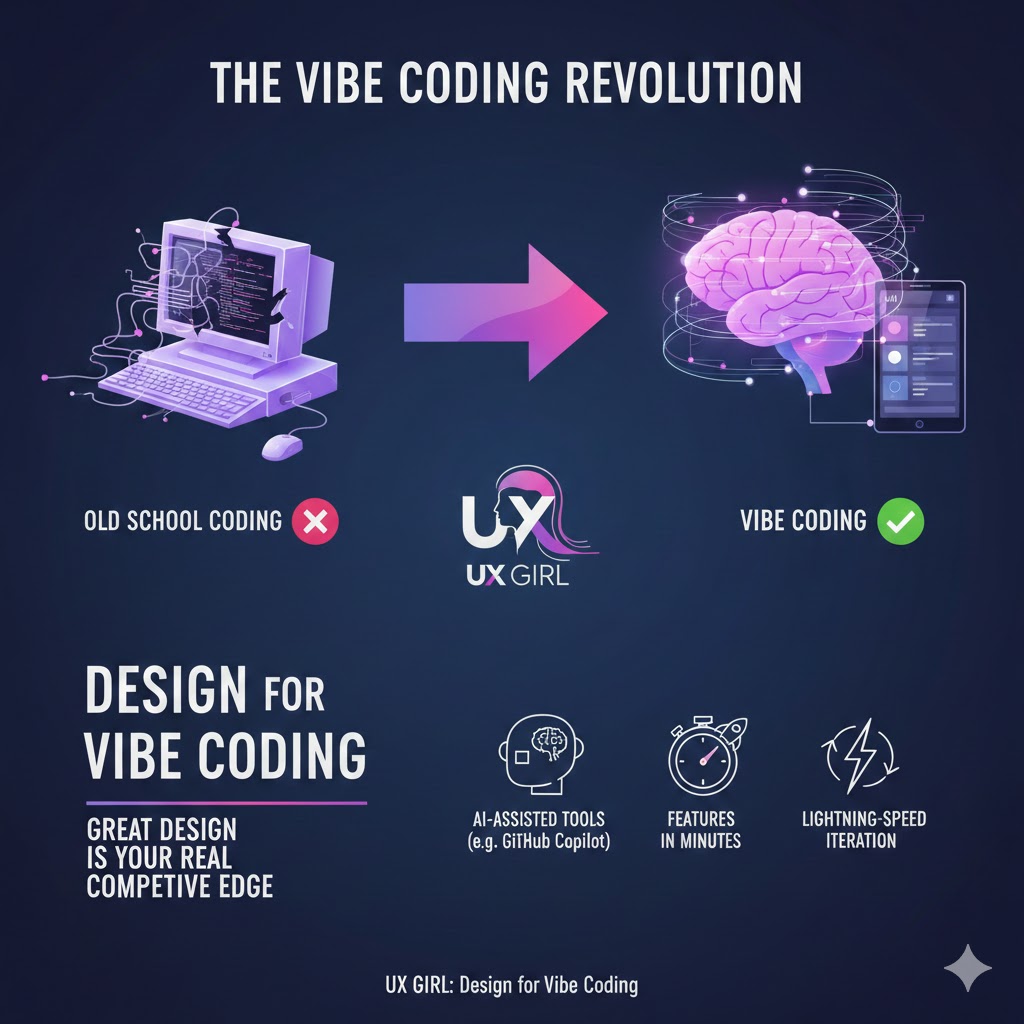There are many trends in user interface design. In this article, we'll delve into the resurgence of Y2K style and how it's shaping the digital landscape today, bridging the past and future in design. Explore the exciting world of Y2K design and its impact on contemporary interfaces.
What is Y2K style?
Y2K style is the aesthetics of user interface design or graphic design. It features a vibrant and bold color palette, with neon greens, electric blues and metallic silvers taking center stage. Geometric shapes dominated Y2K's design, especially those with futuristic edges such as sharp angles and asymmetry. Additionally, elements such as pixelation, glitch effects, and kaleidoscopic patterns frequently appeared, adding a surreal and dreamlike feel to the visuals. The Y2K aesthetic is a combination of optimism and concern that marked the dawn of the digital age and is causing a powerful resurgence in modern interface design.
Y2K in UI Design
The Y2K aesthetic's resurgence has been particularly striking in the field of user interface design. Designers have enthusiastically embraced the Y2K style's vibrant colors and bold shapes, giving digital interfaces a captivating and futuristic edge.
Y2K-inspired UI designs prominently feature audacious color palettes, often including neon shades and metallic tones. These vibrant colors instantly grab users' attention and create a memorable visual experience.
Geometric shapes, asymmetry, and dynamic patterns are fundamental to Y2K-inspired UI design. Sharp angles and futuristic designs can be seen in buttons, icons, and navigation elements, guiding users through digital spaces with a unique visual language.
Pixelation and glitch effects add a touch of nostalgia and a sense of unpredictability to these interfaces, creating a dreamlike quality. These elements not only engage users but also provide a refreshing departure from conventional, minimalistic designs in the digital landscape.
Challenges and opportunities of Y2K aesthetics
The resurgence of Y2K aesthetics in contemporary design presents a unique set of challenges and opportunities. One significant challenge lies in finding the right balance between nostalgia and modern functionality. Designers must ensure that Y2K elements enhance the user experience without compromising usability.
Another challenge is avoiding overuse. While Y2K aesthetics can be visually engaging, excessive application can lead to a cluttered and overwhelming interface. Designers need to judiciously incorporate these elements to create a cohesive and user-friendly design.
Opportunities arise from the emotional resonance and nostalgia associated with Y2K aesthetics. Leveraging these elements can create a stronger user-brand connection, evoking positive emotions and memories.
Furthermore, the Y2K resurgence opens doors for experimentation and innovation. Designers can explore new ways to blend Y2K aesthetics with cutting-edge technology, offering users fresh and memorable digital experiences.
Which Users Can Y2K UI Design Target?
The resurgence of Y2K UI design presents an exciting opportunity to engage a diverse range of users. This aesthetic, with its unique blend of nostalgia and modernity, has the potential to resonate with various audiences. Let's explore which users Y2K UI design can effectively target.
Nostalgia Enthusiasts: Y2K UI design naturally appeals to those who have fond memories of the early 2000s. Users who grew up during that era may be drawn to the design style, as it evokes feelings of nostalgia and sentimentality. This group often seeks a connection to their past and enjoys interfaces that transport them back to the turn of the millennium.
Generation Z: While not firsthand witnesses to the Y2K era, Generation Z has shown a remarkable affinity for the aesthetics of the time. Y2K UI design can tap into their interest in retro and vintage styles, offering a fresh take on a period they may have missed but still find intriguing.
Visual and Creative Professionals: Y2K UI design, with its vibrant colors and bold shapes, often resonates with visual and creative professionals. Graphic designers, artists, and those in the creative industries appreciate the design elements that challenge the status quo and inspire creativity. Y2K UI design can be a source of inspiration for this group.
Brands and Marketers: For businesses and marketers, Y2K UI design offers a distinctive way to capture the attention of users. It's an excellent choice for creating memorable digital experiences, enhancing brand recognition, and standing out in a crowded marketplace. The unique visual language can leave a lasting impression on potential customers.
Tech Enthusiasts: Tech-savvy users who embrace innovation are often intrigued by the fusion of Y2K aesthetics with modern technology. Y2K UI design can offer a unique, cutting-edge user experience that appeals to those who are eager to explore new design trends and digital frontiers.
Inspiring Websites Made in Y4K Style
While Y2K aesthetics have made a resounding comeback, some designers are already pushing the boundaries into the future, embracing what we can playfully term "Y4K" style. These websites embody the spirit of Y2K design while introducing innovative elements that capture the essence of contemporary design. Let's take a look at a few remarkable examples:
Nexal Studio's website flawlessly blends Y2K aesthetics with futuristic elements. The site features an array of bright, contrasting colors, reminiscent of the early 2000s, combined with smooth animations and modern design techniques.
.jpg)
BC Design celebrates its 10th anniversary with a website that brilliantly incorporates Y2K aesthetics and old game design. The use of gradients and unique layouts adds a futuristic twist, offering an innovative take on the Y2K-inspired design.

The Flow Ventures takes Y2K design to new heights by combining it with glitch effects and pixelation. The result is a visually striking website that encapsulates the retro-futuristic essence while maintaining user-friendliness.

Chloé Digital's website is an exceptional blend of Y2K aesthetics and contemporary web design. It showcases dynamic shapes, bold typography, and vibrant colors, presenting a unique digital experience that appeals to both nostalgia enthusiasts and modern design aficionados.

In conclusion, as the design world continues to evolve, Y2K aesthetics remain a timeless source of inspiration. They bridge generations and offer a fascinating glimpse into the future, where past and present collide to create immersive, visually captivating online experiences.





.jpg)
.svg)

.jpg)
.jpg)








